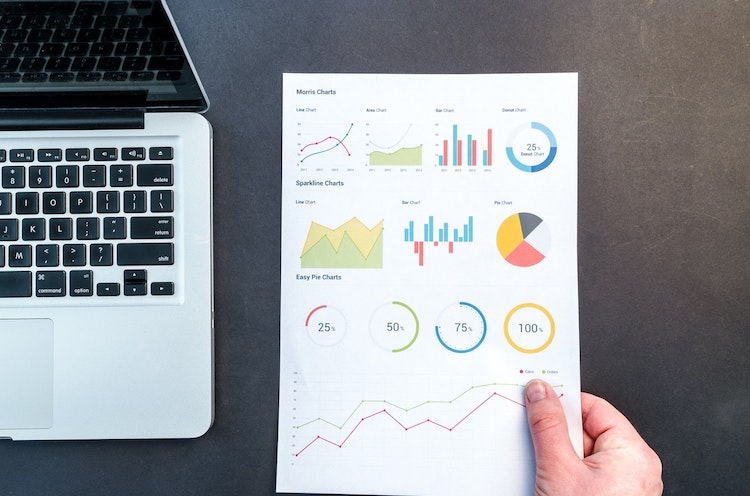Influencer marketing is still maturing as a channel. With each passing year, brands are getting smarter ditching traditional marketing methods for modern inbound methods. Data analytics is the key to understanding and optimizing digital marketing strategies. Nowhere is this more evident than in the world influencer marketing. In this piece, we’ll be taking you through influencer marketing’s most critical Key Performance Indicators (KPIs). It’s mostly what you’d expect – how to measure engagement, reach, conversions, etc. The trick, however, involves understanding the correct KPIs to watch for depending on the type of influencer marketing campaign you’re planning. Let’s explore further!
Analyzing Reach & Awareness in Influencer Marketing Campaigns
Influencers are valuable because of their access to a large and enthusiastic audience. The right influencer is a gatekeeper that can help expose your brand to thousands or even millions of new people. An influencer can support your brand by building your awareness, increasing reach, and improving visibility across social and non-social digital media. Remember: in the digital marketing sales funnel, building awareness and making your brand visible are the first steps toward courting new customers. But the way you measure awareness and reach in influencer marketing changes depending on the platform you’re using. That means the KPIs you measure in an Instagram influencer campaign will differ from the KPIs in a Facebook-centric campaign. In general, the most important influencer marketing KPIs you’ll want to track include:
- ROI
- Conversions
- Cost-per-Click (CPC)
- Referral Traffic
- Reach
- List growth
- Engagement
Using tools like Khoros and Tapclicks, you can track the number of new followers directly attributable to a given post from an influencer. Additionally, tracking the number of people who watch the stories that your brand posts on Instagram can provide insight into audience growth.
Measuring Conversions
Influencer marketing initiatives with down-funnel goals require considerably different measurement approaches. Even if there is a brand awareness component of your marketing strategy, the true final goal of all marketing initiatives is to drive sales and conversions. That means driving traffic to web stores and tracking sales. For influencer marketing initiatives – whether executed on Twitter, Instagram, Facebook, or on a blogging influencer’s website – measuring conversions is rather straightforward.
Let’s say you’re a small business owner that sells your handmade jewelry online. You want to partner with influencers on Instagram and Facebook to drive traffic to your web store and make purchases. How do you measure sales and attribute them to your influencer’s posts? An easy (and admittedly less accurate) way to track efforts is to measure the volume of sales before, during, and after your influencer marketing campaign runs. If an influencer posts for you on the 15th of the month, and your brand sees a 40% increase in sales from the 15th to the 20th, all else being equal, it’s safe to assume those sales were driven by the influencer’s post. If you’d like to be more precise, you can use software to create a unique UTM tracking link or affiliate link for your influencer. That way, any person who clicks from your influencer’s post to your web store will be directly tracked in whatever analytics software you’re using.
Tracking Engagement
Engagement describes how people interact with your posts online. Engagement campaigns seek not only to make new consumers aware of the brand but also to get consumers interacting with the brand online. As such, engagement sits lower down in the sales funnel than brand awareness campaigns. Most KPIs for engagement extend across all social platforms:
- Likes
- Reactions
- Shares
- Comments
- Clicks
- Votes
- Pins
- Video Views
- Brand mentions
To measure the extent to which consumers are interacting with your brand online, marketers should track likes, comments, reactions, shares, tags, and brand mentions. If you see upticks in these engagement metrics after setting an influencer marketing campaign live, it’s safe to attribute the increased engagement to the influencer marketing campaign.
Evaluating the Success of Your Influencer Initiatives
Influencer marketing is still somewhat new and incredibly exciting. Brands and agencies are getting better at leveraging influencer audiences with each passing year. Data analytics is a digital marketer’s most powerful tool in the quest to understand and optimize influencer-marketing initiatives. By focusing on key influencer marketing KPIs, you can maximize the chances for success with your next influencer marketing campaign. For more information on how you can use influencer marketing for a competitive advantage, contact the experts at Premiere Creative or give us a call at (973) 346-8100.

